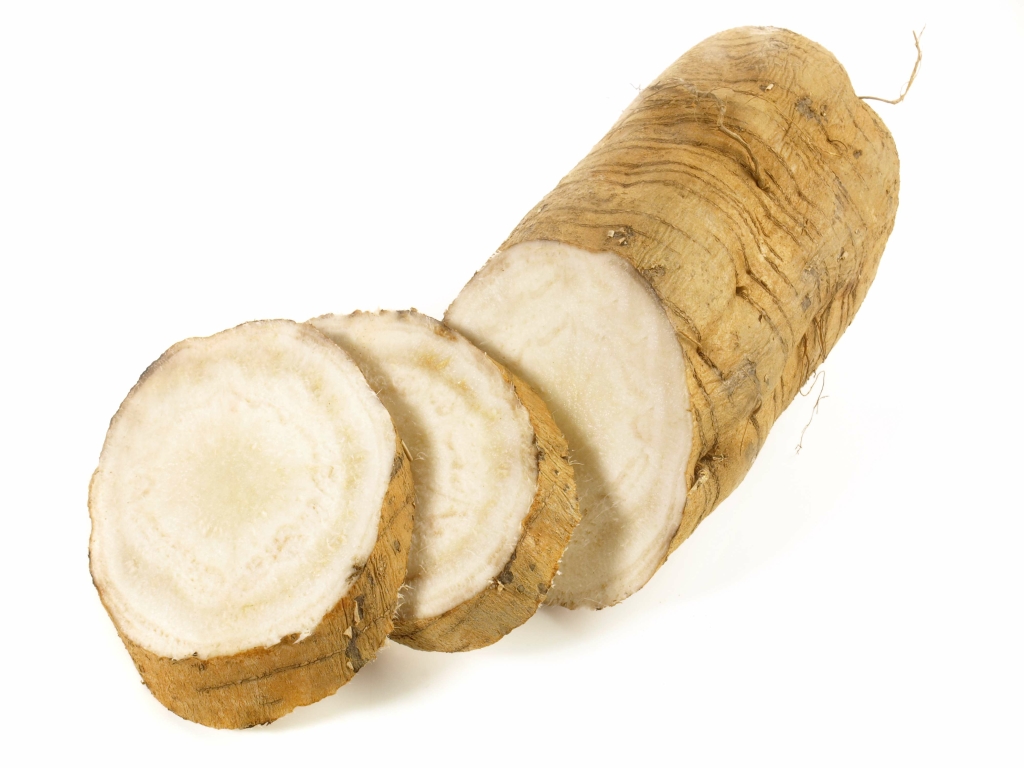Their missteps, when observed or communicated, provide guidance in how to proceed. 50.2 million American adults considered themselves to be in recovery from their substance use and/or mental health problems. 2 in 3 adults who ever had a mental health problem considered themselves to be recovering or in recovery. On March 1, 2022, President Biden announced his administration’s strategy to address our nation’s mental health crisis as outlined in the 2022 Presidential Unity Agenda.

Does relapse to drug use mean treatment has failed?
The addict will generally deny that their patterns of use are concerning or should even be a topic of conversation. At this stage, they will deny that their usage is a problem and that they ultimately have control over their habits. Are you considering recovery but http://www.airsoftclub.ru/tuning/CA870.shtml feel overwhelmed at where to go from here? First, you should know that the door is open to people of all socioeconomic backgrounds and faith traditions—no judgment or questions. The idea is to help you see that you are not alone in your struggles with addiction.
Stage 3: Preparation

Now one begins to exercise some restraint over addictive and undesirable habits, words, and deeds. Some people don’t like or are not interested in the 12-Step model, even with the variations above or through organizations that facilitate the 12-Step model. Some people don’t like basing their recovery on the idea that they cannot control their addiction, when there is evidence that there are ways of practicing internal control over the recovery process. Given the current isolation https://president-pmr.org/category/67.html in the country due to COVID-19, AAC has launched Virtual Support Meetings to help you stay connected. We also offer a private Facebook Group for those who need more virtual peer support; please join to be kept up to date on future meetings and to connect with those in recovery. Alcoholics Anonymous (AA) originated the idea for the 12-Step model in 1938, when founder Bill Wilson wrote out the ideas that had been developing through his experience with and vision of alcoholism.
Attend online meetings and meet a community of people from around the world who are in recovery from addiction.
- As soon as exercising stops, your strength and flexibility begin fading.
- There is enduring resolution of what once was problem behavior.
- For many with an alcohol problem, drinking a different kind of beverage can keep recovery on track.
The alcohol and drug addiction recovery process can look different for each person and is based on the level of care determined for a person, so treatment is often tailored to the individual.4 Program lengths vary. You may choose a 28- or 30-day, 60-day or 90-day inpatient drug rehab stay or an outpatient rehab program, and you might like to opt for specialized treatment options. Research and clinical experience have identified a number of factors that promote recovery. Another is reorienting the brain circuitry of desire—finding or rediscovering a passion or pursuit that gives meaning to life and furnishes personal goals that are capable of supplanting the desire for drugs. A third is establishing and maintaining a strong sense of connection to others; support helps people stay on track, and it helps retune the neural circuits of desire and goal-pursuit. Learning new coping skills for dealing with unpleasant feelings is another pillar of recovery.
We admitted we were powerless over alcohol–that our lives had become unmanageable. Regular exercise, adequate sleep, and healthy eating habits help you keep your energy levels up and your stress levels down. The more you can stay healthy and feel good, the easier it will be to stay sober. Others in recovery or professionals who work in addiction understand that you still need support.
Seek Professional Assistance and Support
For those who don’t find the spiritual emphasis of 12-step programs appealing, SOS provides an alternative. To begin, a person with alcohol use disorder has far more reasons to be irritable than a person in recovery. In addition to the hunger, anger, loneliness, and fatigue we all experience, this person also has the physical realities of being too intoxicated to inhibit impulsive http://skustore.ru/blog/aliexpress/922.html outbursts or to read social cues accurately. They may also be experiencing a growing hunger for their drug of choice as withdrawal begins dawning. For many addicts, this will come in the form of attending an inpatient or outpatient treatment program. Here, the addict will commit to a program that is administered by experts in the fields of drug and alcohol addiction.
Relapse Prevention in Addiction Recovery
This also represents the very beginning of trust in something beyond oneself (such as a therapist, sponsor, or the program), and the opening up of a closed family system. Each person’s timeline for recovery varies based on their unique needs, substance use history, and life circumstances. However, recovery can be thought of in 4 primary phases that include withdrawal, early, middle, and late phases of recovery. There are many program alternatives to the 12-step treatment offered by peer support groups such as Alcoholics Anonymous. Another variation comes from the fact that some people are uncomfortable with the specific, religious aspects of the 12-Step program. As stated above, and as evident by the steps themselves, the 12-Step model originated from a Christian point of view.
Variations of the 12-Steps of AA
Understanding those steps can help you know what you need to do next on your own road to recovery or how to help someone in your life who is struggling with addiction. Support systems help people in recovery continue to make progress and maintain sobriety. These systems can include friends and family who help people in recovery stay sober, healthy coping mechanisms, support groups, therapy, and many other possibilities.
